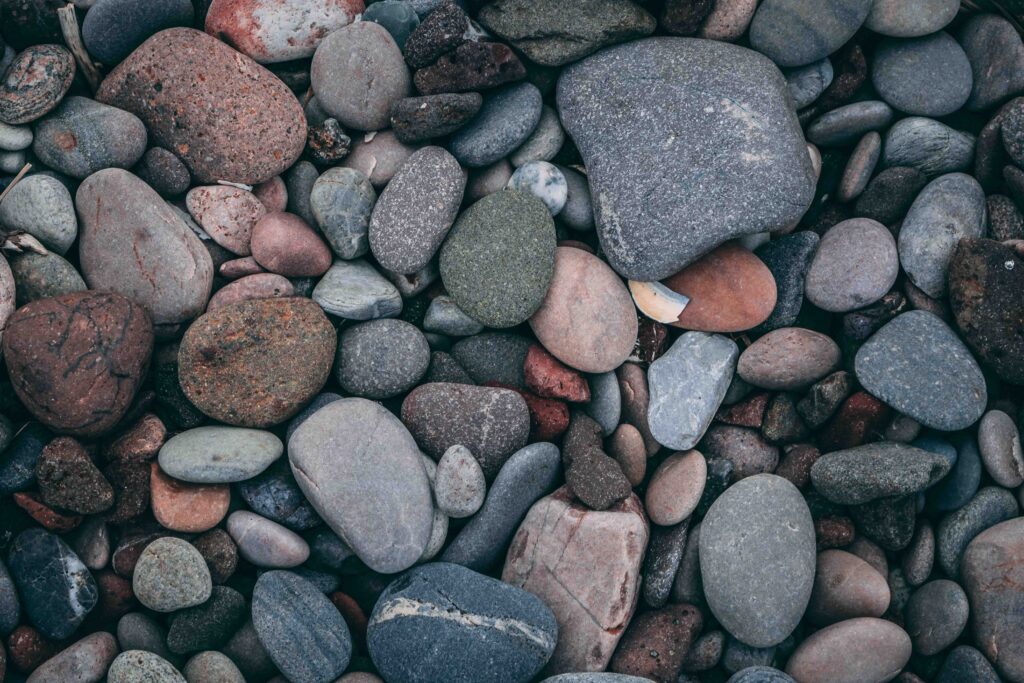There are several types of rocks that are known to glow under black light, also known as ultraviolet (UV) light. This phenomenon is known as fluorescence and occurs when certain minerals within the rock absorb UV light and emit visible light in response.

One of the most well-known types of rocks that glow under black light is fluorite. Fluorite is a mineral that is often found in various colors such as purple, green, and yellow. When exposed to UV light, fluorite emits a bright blue or purple glow. The intensity of the fluorescence can vary depending on the quality of the fluorite and the strength of the UV light.
Another type of rock that can exhibit fluorescence is calcite. Calcite is a mineral that is often found in sedimentary rocks and can be found in various colors including white, yellow, orange, and green. When exposed to UV light, calcite emits a range of colors including red, pink, and orange.
Sodalite is another type of rock that can fluoresce under UV light. Sodalite is a blue mineral that is often used as a decorative stone. When exposed to UV light, sodalite emits a bright orange or pink glow.
Other types of rocks that can exhibit fluorescence include opal, which emits a range of colors including blue, green, and yellow; agate, which can emit various colors depending on the type of mineral inclusions; and scheelite, which emits a bright blue or white glow.
It is worth noting that not all rocks will fluoresce under UV light, even if they contain minerals that are known to exhibit fluorescence. Factors such as the quality of the mineral, the strength of the UV light, and the conditions under which the rock was formed can all affect whether or not the rock will glow under black light.
Additionally, some rocks may exhibit phosphorescence, which is a similar phenomenon to fluorescence but occurs when the mineral continues to emit visible light after the UV light source has been removed. Phosphorescence can be seen in certain types of rocks such as fluorite and apatite.
In conclusion, there are several types of rocks that can exhibit fluorescence under black light, including fluorite, calcite, sodalite, opal, agate, and scheelite. The intensity and color of the fluorescence can vary depending on the quality of the mineral and the strength of the UV light source. However, not all rocks will fluoresce, and other factors such as phosphorescence can also affect the way in which a rock responds to UV light.
